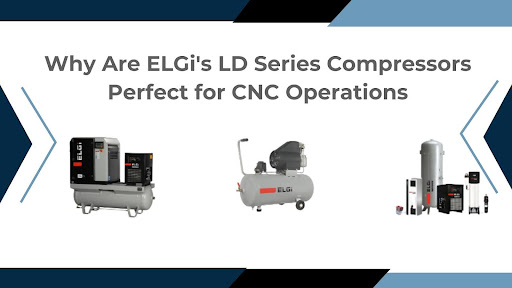
In the world of industrial water pumps, performance, and reliability are key factors in ensuring smooth operations. A critical but often overlooked aspect of pump performance is impeller balancing. The impeller is the heart of a pump, and its balance plays a significant role in determining the efficiency, lifespan, and safety of the pump.
In this blog, we’ll delve into the importance of impeller balancing and its many benefits for industrial water pumps in Mumbai and beyond.
What is Impeller Balancing?
Impeller balancing is the process of evenly distributing the weight of the impeller to minimise any imbalance that might cause operational issues. During manufacturing or maintenance, even a slight unevenness in the impeller’s mass distribution can lead to significant vibrations, inefficiencies, and damage.
Why is This important?
- Pumps operate at high speeds, and any imbalance can amplify vibrations.
- Imbalanced impellers increase wear and tear on pump components.
- Proper balancing ensures smooth operation, reducing the risk of breakdowns.
Benefits of Impeller Balancing
1. Vibration Reduction
Unbalanced impellers create vibrations that can damage the pump and its surrounding infrastructure.
Proper balancing helps to:
- Reduce stress on pump components.
- Prevent the loosening of bolts and connections.
- Ensure quieter and smoother operations.
2. Prolonged Bearing Life
Bearings support the rotating components of a pump, and vibrations caused by an unbalanced impeller put excessive strain on them.
Balancing the impeller:
- Extends the life of bearings.
- Lowers maintenance requirements.
- Reduces the likelihood of unexpected failures.
3. Improved Operational Efficiency
An unbalanced impeller reduces the efficiency of the pump, leading to higher energy consumption.
Balancing the impeller ensures:
- Smooth flow of liquids.
- Optimised energy usage.
- Reduced operational costs for businesses.
4. Noise Reduction
Vibrations from an unbalanced impeller can lead to excessive noise during pump operation. A balanced impeller:
- Minimises noise levels, making operations more tolerable for workers.
- Prevents noise-induced wear and tear on the pump housing.
5. Enhanced Safety and Reliability
Imbalanced impellers can cause serious safety risks in critical applications, especially in industrial settings.
Proper balancing:
- Enhances the reliability of the pump, even under demanding conditions.
- Reduces the risk of catastrophic failures.
6. Cost Savings
While impeller balancing might seem like an additional expense, it results in significant long-term savings:
- Lower maintenance costs due to fewer breakdowns.
- Reduced energy bills thanks to improved efficiency.
- Longer equipment life, minimising replacement costs.
The Takeaway
Impeller balancing is not just a technical requirement, it is essential for optimising the performance and durability of your pumps. From reducing vibrations to improving efficiency and safety, the benefits are undeniable.
At VEMC, we are proud to be one of the leading industrial water pump suppliers in Mumbai. As trusted industrial water pump dealers in Mumbai, we provide not only top-quality products but also expert guidance to ensure your pumps operate at their best.
Contact us today at +91 98199 07445 or 022 43436655 for reliable solutions tailored to your industrial needs. You can also mail us at marketing@vemc.co.in.


















